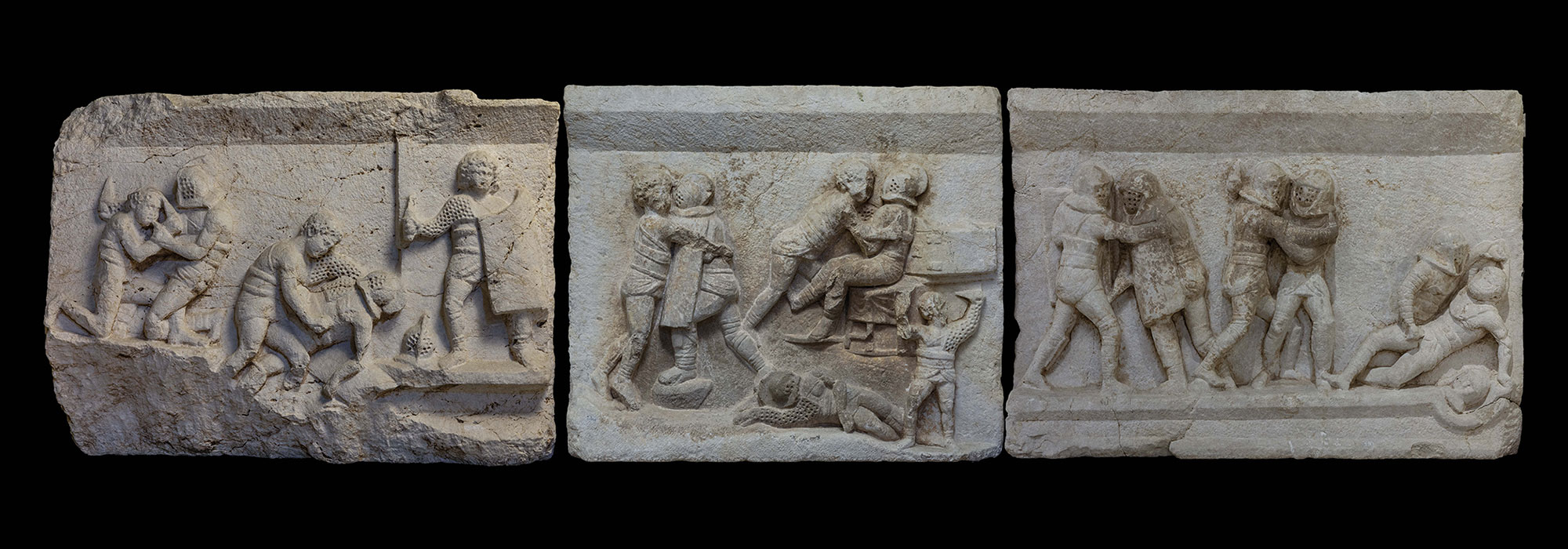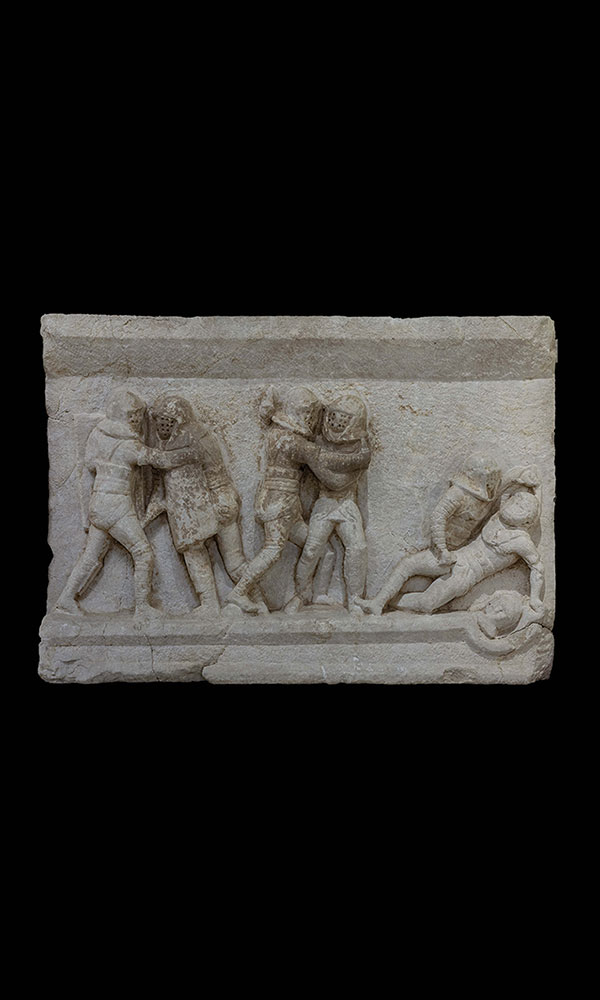BALTIMORE, MARYLAND—According to a statement released by Johns Hopkins University, evidence for possible early alphabetic writing has been identified on four finger-sized clay cylinders uncovered in Syria at the site of Umm-el Marra by archaeologist Glenn Schwartz. The cylinders have been dated to around 2400 B.C., or about 500 years earlier than other known alphabetic scripts. “This new discovery shows that people were experimenting with new communication technologies much earlier and in a different location than we had imagined before now,” Schwartz said. The tomb where the cylinders were found also contained six sets of human remains, gold and silver jewelry, pottery, and a spearhead. “The cylinders were perforated, so I’m imagining a string tethering them to another object to act as a label,” he added. Schwartz explained that the text may have described the contents of a vessel, where the vessel came from, or identified its owner. “Without a means to translate the writing, we can only speculate,” he concluded. To read about the remains of equids unearthed at Umm el-Marra, go to "Kunga Power."
Possible Early Alphabetic Writing Found in Syria
News November 26, 2024

Recommended Articles
Digs & Discoveries March/April 2025
Primordial Alphabet Soup
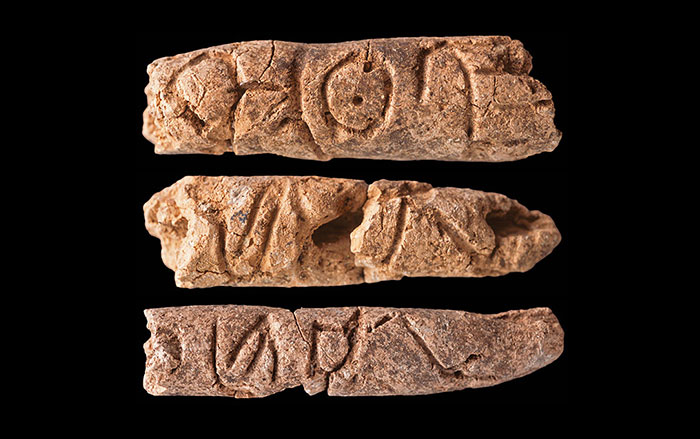
Digs & Discoveries November/December 2021
Mesopotamian War Memorial
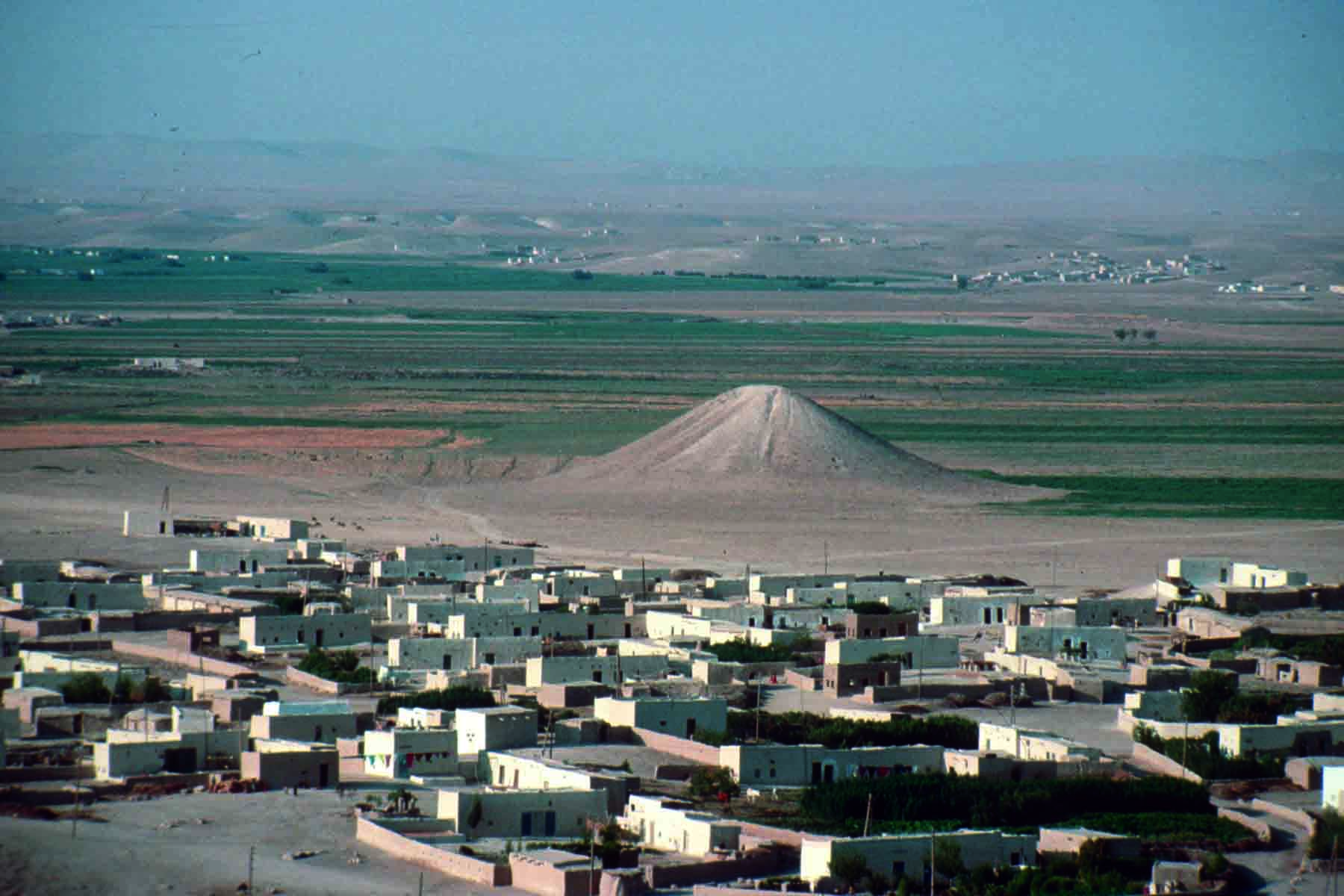
Features July/August 2021
The Ugarit Archives
Thousands of cuneiform tablets written in a distinctive script tell the dramatic story of a Bronze Age merchant city in Syria
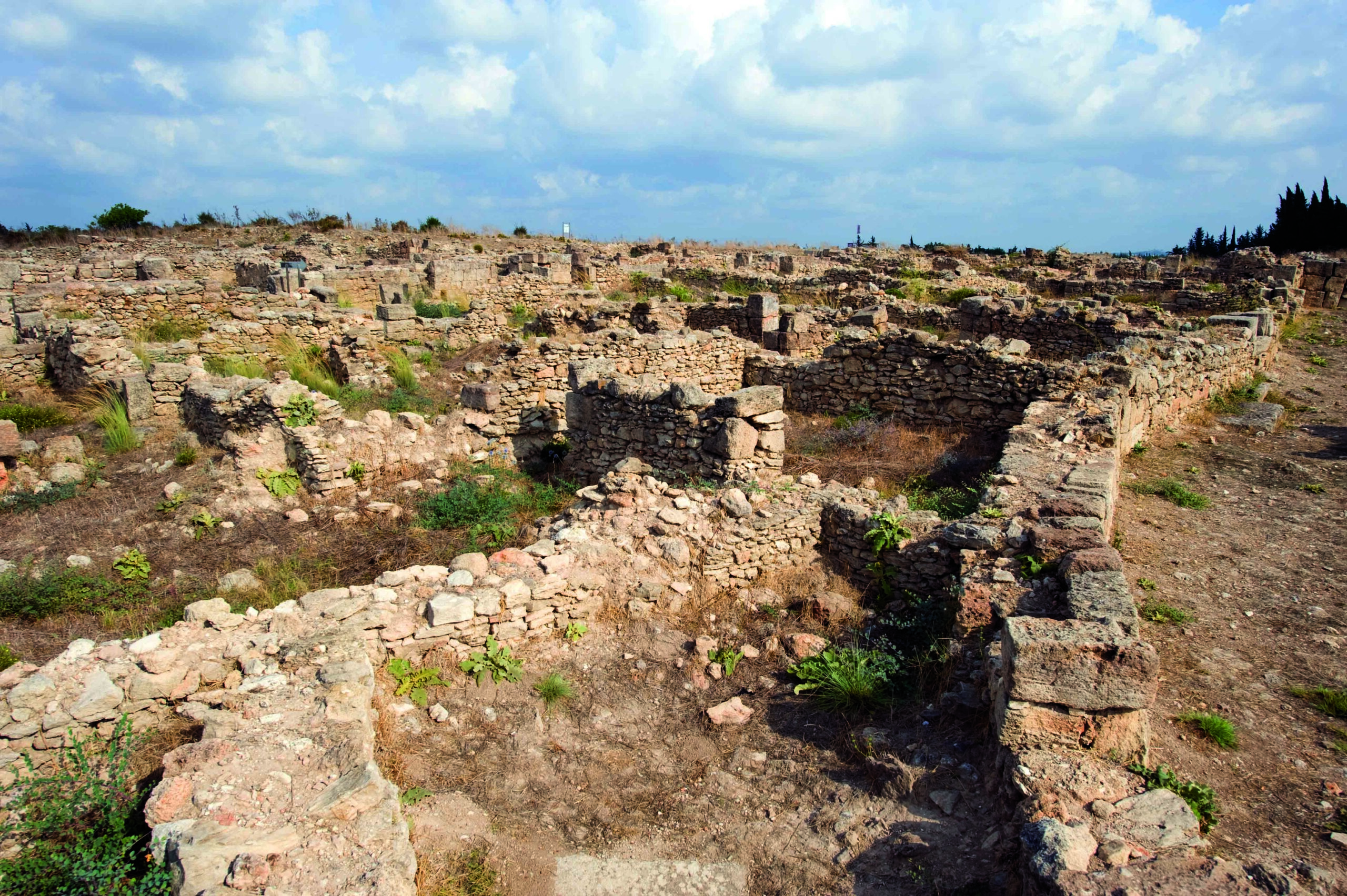
Artifacts January/February 2019
Neo-Hittite Ivory Plaque

-
Features November/December 2024
The Many Faces of the Kingdom of Shu
Thousands of fantastical bronzes are beginning to reveal the secrets of a legendary Chinese dynasty
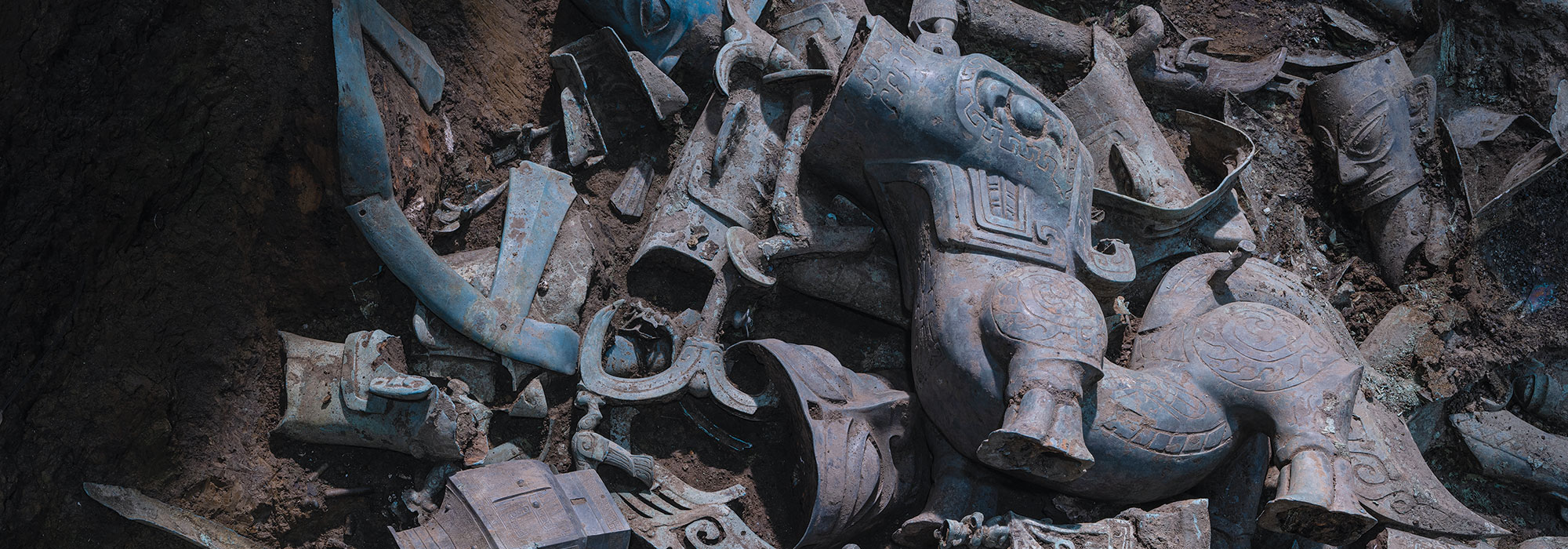 Courtesy Sichuan Provincial Institute of Cultural Relics and Archaeology
Courtesy Sichuan Provincial Institute of Cultural Relics and Archaeology -
Features November/December 2024
Europe’s Lost Bronze Age Civilization
Archaeologists have discovered more than 100 previously unknown megasites north of the Danube
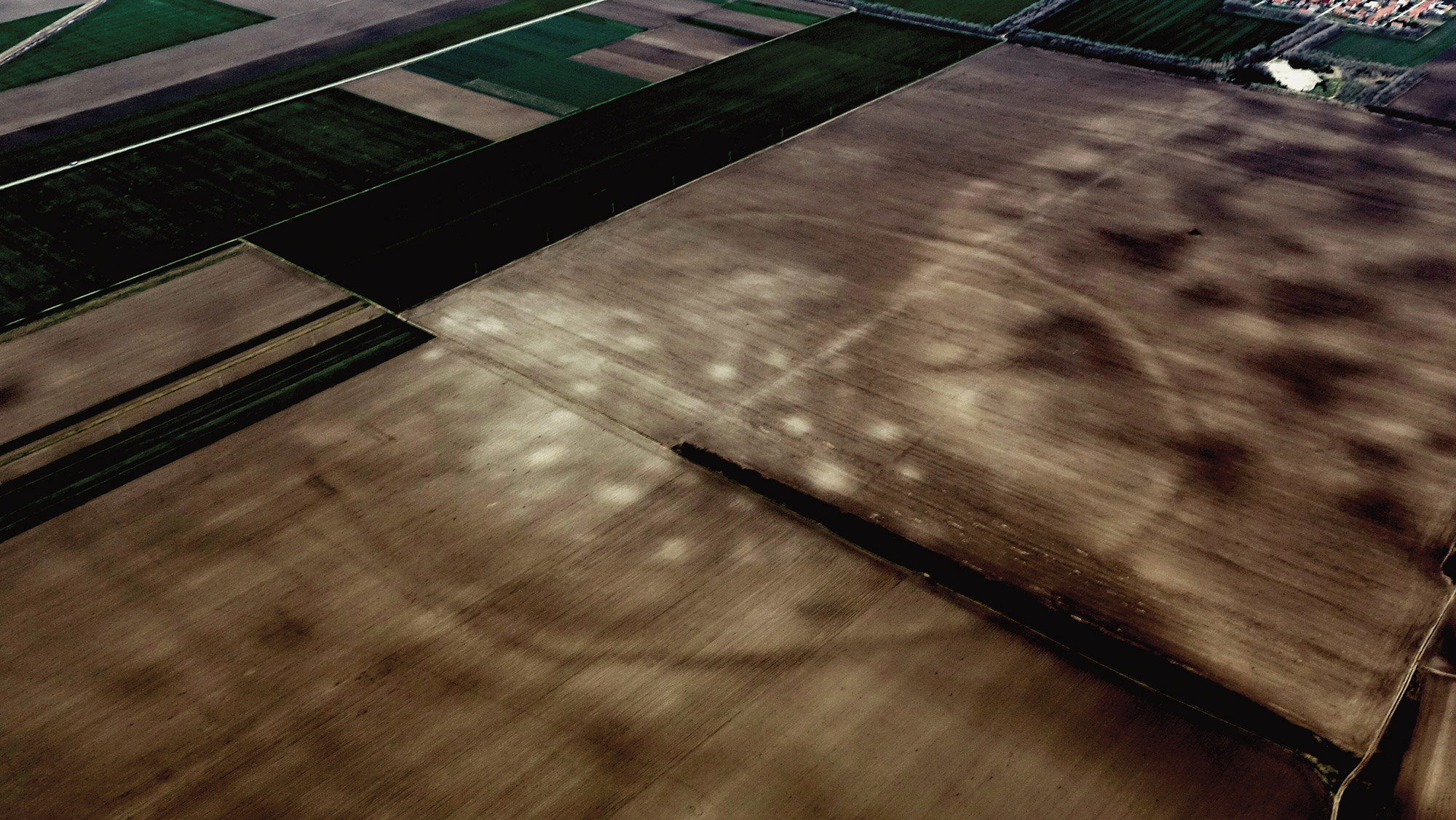 Courtesy Barry Molloy
Courtesy Barry Molloy -
Features November/December 2024
Chalice of Souls
A Maya jade heirloom embodies an enduring sacred tradition
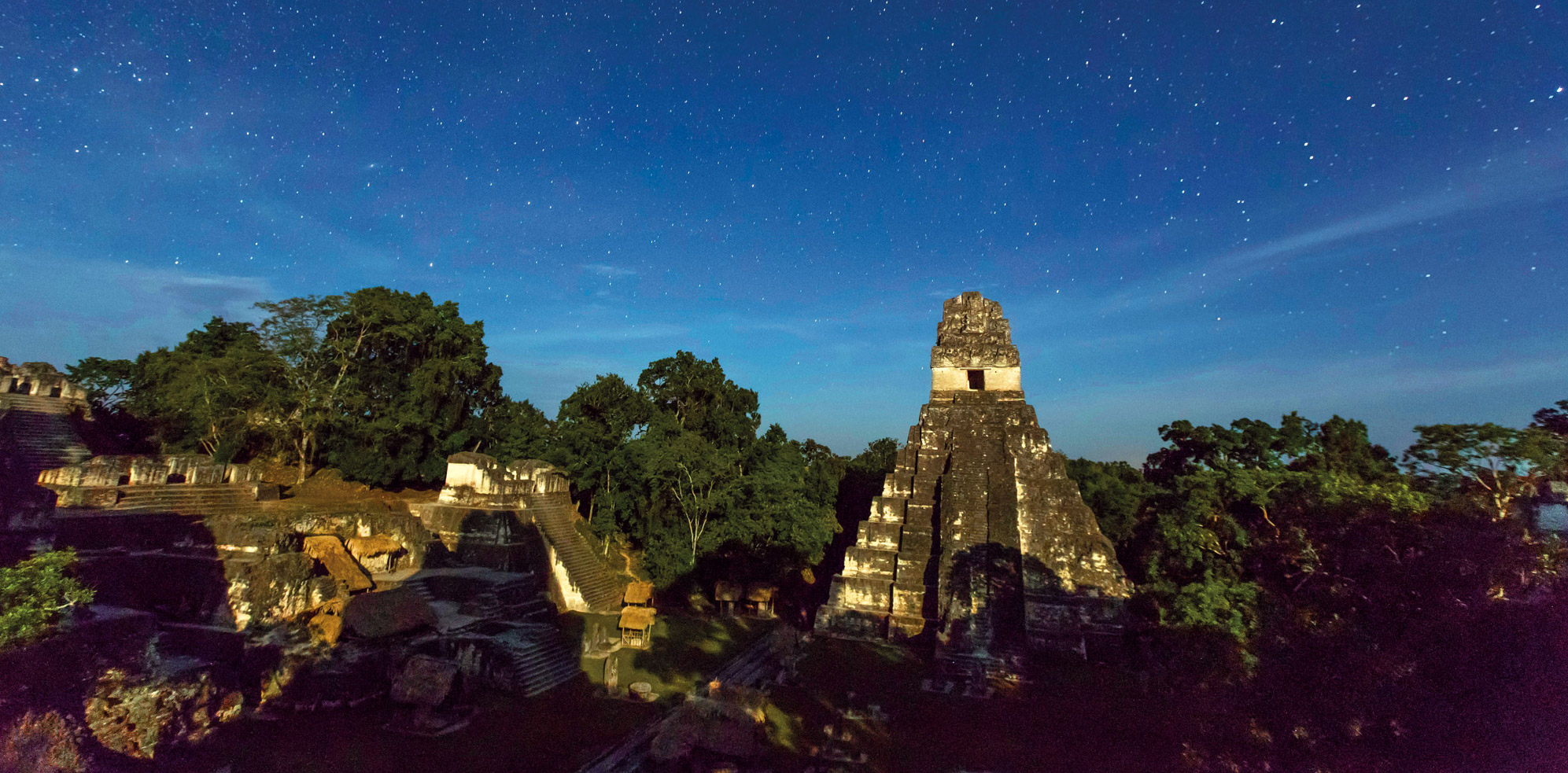 Jon G. Fuller, Jr./Alamy
Jon G. Fuller, Jr./Alamy -
Features November/December 2024
Exploring Ancient Persia’s Royal Fire Temple
At a remote lake in the mountains of Iran, archaeologists have identified the most revered Zoroastrian sanctuary
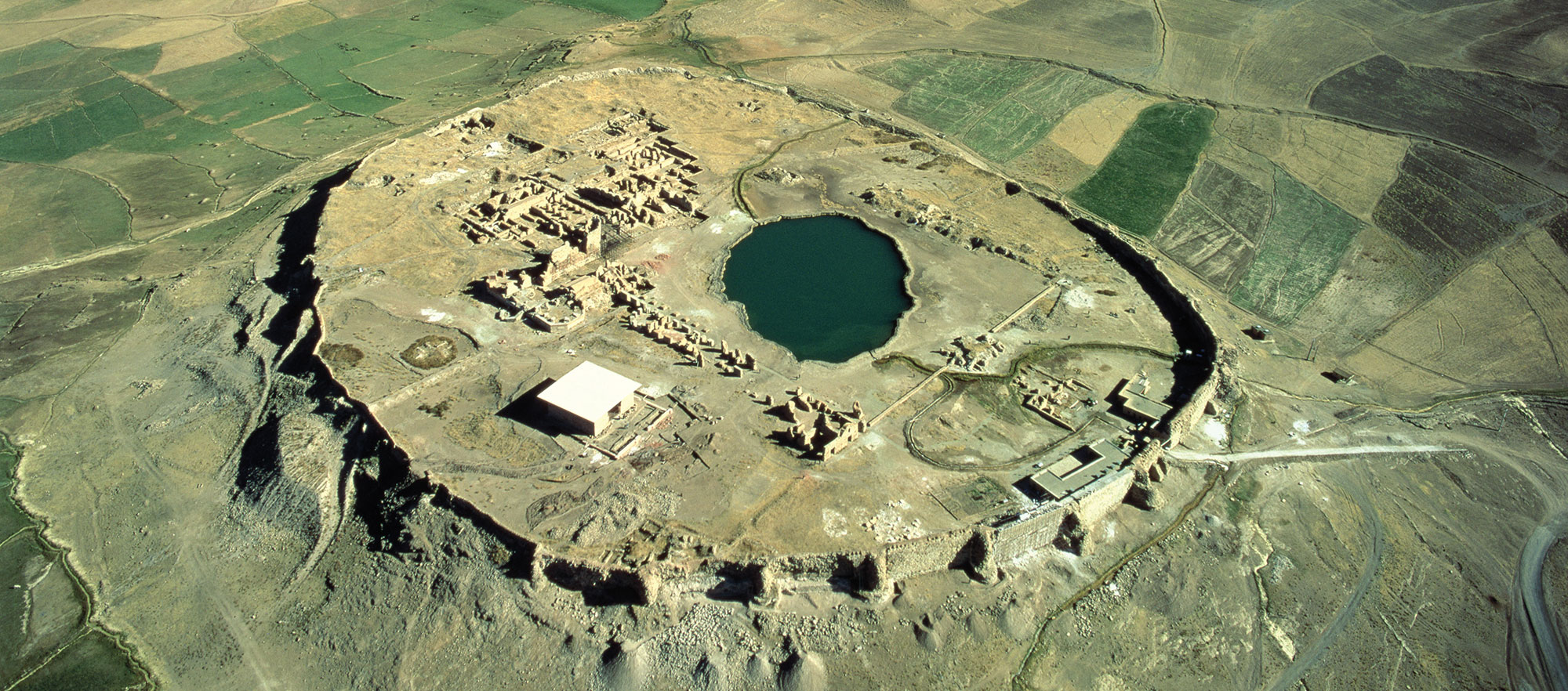 Bridgeman Images
Bridgeman Images


